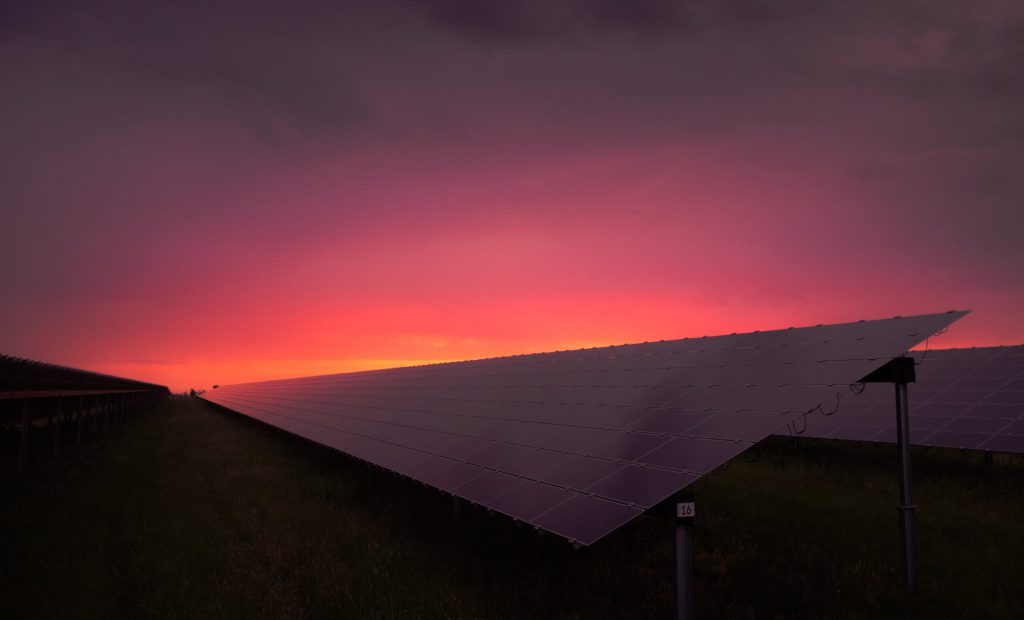Is your town or city joining a community choice aggregation (CCA) program? Here’s what you need to know.
Thousands of Americans have gotten a letter in the mail from their town that says the town is offering a community choice aggregation program. The letter says the CCA will change the energy they receive at their home. Often, they can choose from multiple plans, from a green energy plan to a maximum savings plan.
When done right, community choice aggregation comes with a host of benefits, from financial savings to reductions in carbon emissions. When not done well, CCA’s can actually cost customers extra or source power that isn’t as green as they’d like.
That’s why it’s always good to do your research.
If community choice aggregation is a new concept for you, you’re far from alone! Just don’t let it be a mystery for long. You’ve come to the right place to learn how it works and how you can make a smart decision about your local CCA.
Table of Contents
What Is Community Choice Aggregation?
Community choice aggregation programs, colloquially known as CCA’s, enable local governments to enroll their municipalities under a single energy supplier.
Simply put: a township can get together and choose to get their energy from a selected supplier in one big purchase. They can also join up with other local towns and cities, like what is happening in New York’s Hudson Valley, for an even bigger buy. Under a CCA, the area utility continues to deliver energy through its power lines, making for a smooth transition.
Sometimes the town government itself will run a CCA, or sometimes a third party will form to manage the program. Starting and running a CCA is quite a lot of work, so not all local governments will want to handle the task themselves.

CCA’s can only form in deregulated energy markets, meaning the 29 U.S. states where local residents have the freedom to choose their energy supply company for gas, electricity, or both. So far, 8 states allow for community choice aggregation: New York, Massachusetts, New Jersey, Rhode Island, Virginia, California, Ohio, and Illinois.
Community choice aggregation programs are usually opt-out, so local households will be signed up for their CCA unless they actively choose not to be. Residents should get advance notice from their local government letting them know how the CCA will work and how to make a decision about whether to opt out.
Like any opt-out program, most people don’t choose to opt out. This comes mainly from inertia, people’s tendency to stay put; when placed on a plan, most people do not actively choose to leave it. If CCA’s were opt-in, most residents probably wouldn’t sign up (again, because that would require extra work). For this reason, community choice aggregation is an efficient way to get a large group of people on board with a single supplier.
Pros of Community Choice Aggregation
Community choice aggregation programs come with a few important benefits for the towns that start them and the individuals that live there.
1. CCA’s can leverage the purchasing power of a larger buying group
By grouping together an entire town or multiple towns, local governments have a leg to stand on to negotiate lower prices. Sometimes they can lower gas and/or electric rates for community members by as much as 10-15%.
2. CCA’s can choose to source clean energy
By nature, community choice aggregation switches many households to a single energy supplier all at once. If that supplier produces clean energy, a CCA can drastically reduce its community’s carbon footprint.
In fact, that’s one of the biggest reasons many CCA’s get formed. By aggregating demand, communities looking to support a clean energy future can have a large impact on carbon emissions. It shouldn’t be surprising, then, that 4 of the 8 states that allow for community choice aggregation are also among the top 10 solar states in the country.
3. CCA’s can give local communities more control over their power. Joining together on a single energy plan can allow towns to support local supply that matches their values and regional needs. It can reduce their reliance on national or global energy markets, and it can also give them more flexibility to adapt as times change.
4. CCA’s can be a good, non-exclusive way to support a clean environment We discussed how CCA’s can bring clean energy to communities. That’s a great initiative! Here’s better news on top of that: joining a CCA doesn’t prevent you from going even further to support clean energy by joining a program like community solar, which delivers more clean energy into the grid used by every customer of the local utility. More on CCAs and community solar below.
Cons of Community Choice Aggregation
While CCA’s come with a host of benefits, they don’t always work for all communities or for all residents of a certain community. Here are a few things to consider before you sign on:
1. Getting a CCA started is tough
There is a reason only 8 states have implemented community choice aggregation–and that only a select few townships within those states have gone through with a CCA program. Local governments need to pass laws to allow for a CCA, pass regulations around the kinds of programs their state allows, and deal with potential pushback from their utility or local energy companies about the programs they provide. If your town does manage to get one started, kudos! You’ve overcome a hurdle.
2. CCA’s don’t necessarily save you money
Ideally, CCA’s are designed to save community members on their energy costs–they’re typically negotiated at a lower rate than the utility’s rates from the previous year. But that doesn’t mean costs won’t change over time, resulting in higher rates than you would have paid if you had stayed with your utility. In other words, community choice aggregation can’t guarantee you savings. More on this below.
3. Green programs from a CCA usually cost extra Unlike other clean energy options like community solar, green programs from an energy supply company (ESCO) usually cost more. The discount from buying in bulk might or might not offset these extra costs. Many CCA’s will give residents the option to choose between a green program and a basic savings-oriented program. Other clean energy options save you money at the same time.
4. Green programs from an ESCO aren’t necessarily your greenest option We’re not trying to be downers here. Joining a clean energy program with your CCA is an excellent, positive step toward a clean economy.
That being said, these programs aren’t always the greenest option available to you. ESCOs who provide the energy for CCA’s, can build out their energy generation anywhere. If there is cheaper land far away, they can build there–and then build out infrastructure to transport that energy to your town. That extra infrastructure can ultimately increase your energy’s carbon footprint.
Clean energy from far away is still better than dirty energy from close by–it’s just not quite as good as clean energy from close by. If you find out where the town’s energy will be coming from before you join, you’ll know just how clean your CCA’s green program really is!
My Community Has a CCA and Community Solar. Can I Do Both?
As a community solar organization that works with customers in towns with CCA’s, this is a question we get a lot.
First, community members often ask whether community solar is part of their CCA or separate.
Community solar farms are typically separate from your township’s community choice aggregation program. There are community solar organizations that partner with CCA’s to fill up their solar farms quickly. In this case, the benefits of solar might be passed on to customers through lower rates from their CCA–but often, clean energy from a CCA still costs extra.
Most solar farms, including ours at Solstice, get filled by individual residents choosing to opt in. These are separate from local CCA’s, and guarantee customers savings compared to what they’re paying for energy through their CCA.
Signing up for community solar as a customer of a CCA is no different, functionally, from signing up without a CCA–you’ll get credits on both the supply and delivery portion of your bill for the energy your solar share produces.

In fact, we’ve found that CCA customers are a great fit for community solar because they share the same values: local energy, good jobs, regional sustainability, and attention to their bills.
If I’m joining a clean energy CCA, why would I enroll in community solar? Isn’t my energy already clean?
If you’re enrolling in a program that brings you clean energy, you can rest easy knowing that your household uses renewable power. But that doesn’t mean your utility uses entirely renewable power in its power lines.
Community solar farms are tied to a single utility. For instance, Solstice’s Ellenville Solar Farm is available to all customers of Central Hudson Gas & Electric. The Middletown Solar Farm is free to join for any customer of Orange & Rockland.
That’s because they send clean electricity right into the grid that these utilities maintain. Joining community solar won’t bring more clean power to your home if your CCA already sends you clean power–but it will create a greener grid for everyone in your area.
And on top of that, it will guarantee you savings compared to what you pay now.
Sound like a win-win? That’s because it is! CCA’s and community solar make for a powerful one-two punch.




